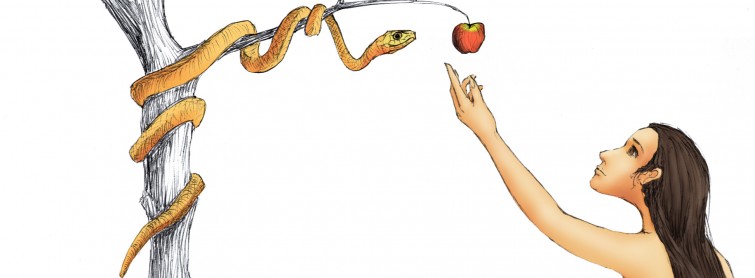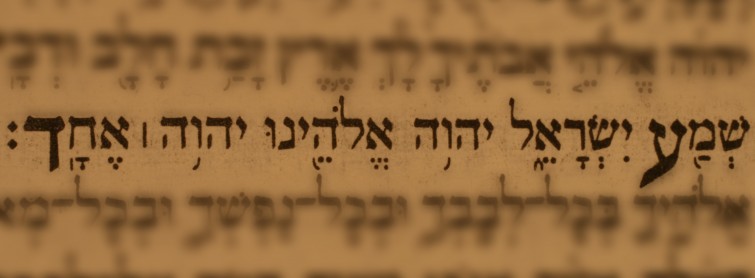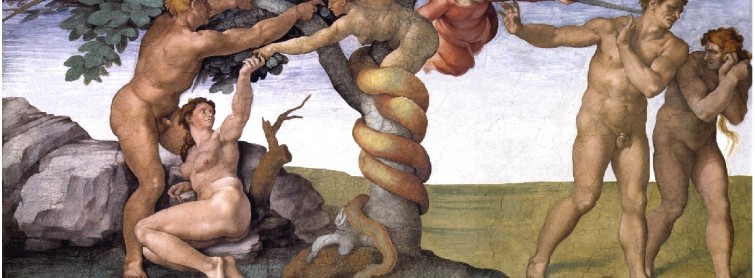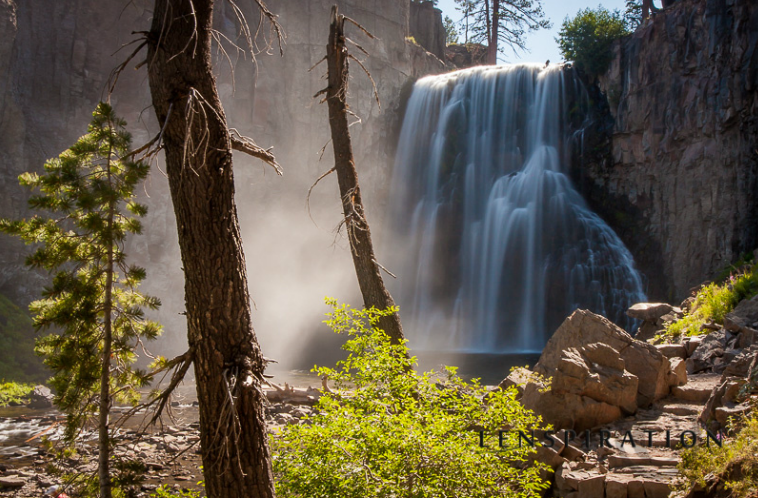It’s the age old question: who actually sinned – Adam or Eve?
When we read Genesis 3, it can be difficult to decide who it was that was really responsible for the fall of creation. Satan was the first to display rebellion and Eve was the first to eat the fruit, yet Adam is placed with the blame throughout the bible. Who was at fault?
Eve
A common argument that Eve was blameless follows from the fact that the command was given to Adam before the creation of Eve;
And the Lord God commanded the man, saying, “Of every tree of the garden you may freely eat; but of the tree of the knowledge of good and evil you shall not eat, for in the day that you eat of it you shall surely die.”
Though God did not directly command Eve not to eat from the tree of knowledge, it is clear that she knew what the rules were;
And the woman said to the serpent, “We may eat the fruit of the trees of the garden; but of the fruit of the tree which is in the midst of the garden, God has said, ‘You shall not eat it, nor shall you touch it, lest you die.’
Rather than deliberately disobeying, Eve allows herself to be deceived into thinking that she has misunderstood the command;
Then the serpent said to the woman, “You will not surely die. For God knows that in the day you eat of it your eyes will be opened, and you will be like God, knowing good and evil.”
Though she wasn’t present to hear the command directly given in Genesis 2, Eve knew what could be eaten and what couldn’t. In a moment of weakness, she allowed herself to be tricked into thinking that perhaps she could eat the fruit after all. The Apostle Paul wrote;
And Adam was not deceived, but the woman being deceived, fell into transgression.
Eve herself told God that “The serpent deceived me, and I ate.”
Satan
The serpent’s very presence in the garden makes it clear that sin, in one form or another, already existed. We know from prophets such as Ezekiel and Isaiah that Satan’s sin was steeped in pride and delusions of grandeur that led to his being cast out of the heavenly realm. The difference between original sin and the sin of Satan is the limitations on Satan’s sin. As an angelic being, Satan was never given dominion over creation as Adam was, nor was he ever going to produce any offspring who would be affected by his sin. Satan’s sinfulness affected only himself…UNLESS…he could deceive someone else and cause damage through them.
Satan needed Eve in order to carry out his destructive plans for the created order.
Adam
It is a common idea that Adam was the first sinner, responsible for the consequences of Genesis 3. This line of thinking has come from Paul;
Therefore, just as through one man sin entered the world, and death through sin, and thus death spread to all men, because all sinned
Adam is credited with the introduction of sin into the world, and the consequences that follow as a result. Why is Adam to blame?
One argument that Adam was blameless is that Eve took of the fruit while he was not aware. Where was Adam while all of this interaction was going on?
So when the woman saw that the tree was good for food, that it was pleasant to the eyes, and a tree desirable to make one wise, she took of its fruit and ate. She also gave to her husband who was with her, and he ate.
Right beside Eve. Adam was created from creation itself and Eve was created from Adam. These verses and others from Genesis make it clear that Adam’s role as husband was one of leadership. If Adam was privy to the conversation that took place between Eve and the serpent then he should have exercised his headship and corrected her misunderstanding, instead of passively standing by while she ate and then following in her footsteps. German theologian Dietrich Bonhoeffer once famously declared;
Not to speak is to speak. Not to act is to act.
In remaining silent and inactive, Adam reinforces the serpent’s sin and fails to defend his household from sin. This does not mean that Eve was without sin, or that she does not share in the guilt, but as the head of his household, Adam had a responsibility to exercise this headship.
Adam was also responsible for stewardship over creation, another command given directly to him, and eating the forbidden fruit was surely a failure to live up to this directive. It’s interesting to note that when God calls out to them, he asks for Adam alone;
But the LORD God called to the man, “Where are you?”
Though Satan initiated the event, and Eve was the first person to actually sin, it is Adam who must answer to God. Adam, as head of his family, was responsible for his own sin, as well as providing adequate protection for his wife – especially given that the account makes it clear he was standing by and watching the scene take place.
With that said, the Bible never regards Adam’s sin as more serious than Eve’s. Both were held accountable and punished for their sin, as was the serpent.
Serpent:
“Because you have done this, You are cursed more than all cattle, And more than every beast of the field; On your belly you shall go, And you shall eat dust All the days of your life.”
Eve:
“I will greatly multiply your sorrow and your conception; In pain you shall bring forth children”
Adam:
“Cursed is the ground for your sake; In toil you shall eat of it All the days of your life. Both thorns and thistles it shall bring forth for you, And you shall eat the herb of the field. In the sweat of your face you shall eat bread Till you return to the ground, For out of it you were taken;
For dust you are, And to dust you shall return.”
To honour God’s creation, be sure to sign the petition to establish Creation Day as an official holiday!









